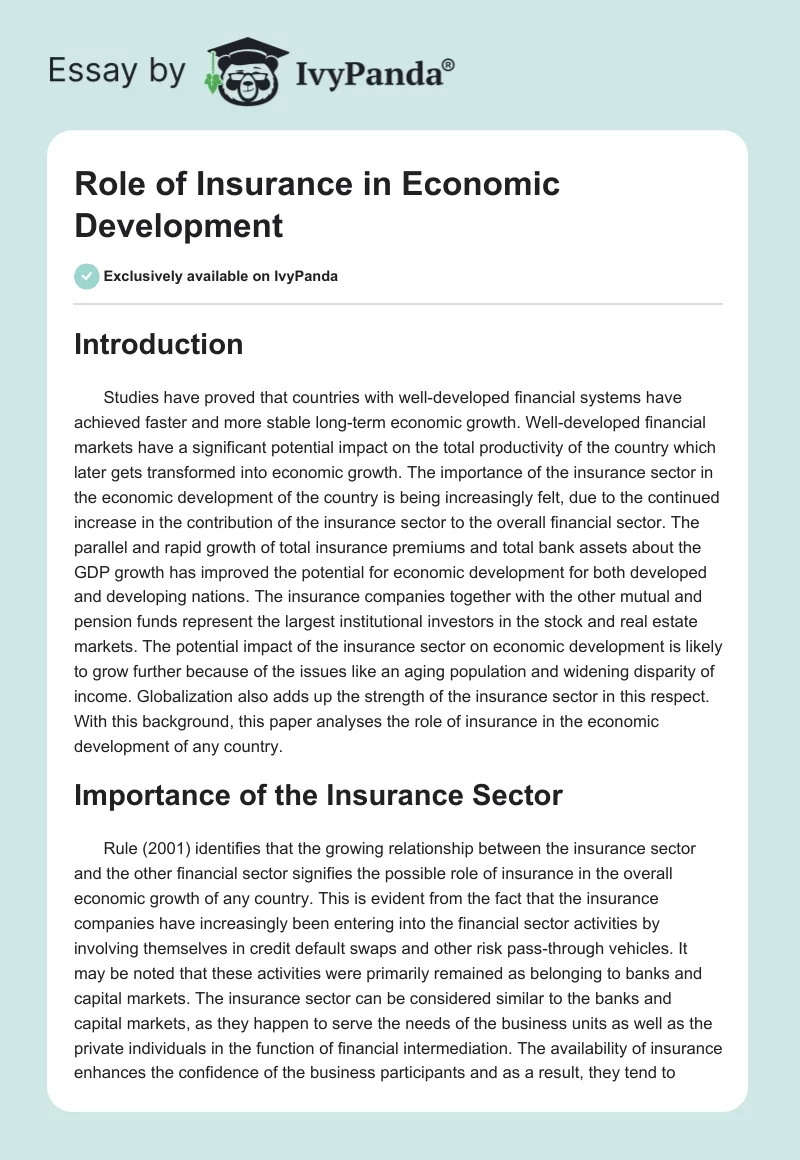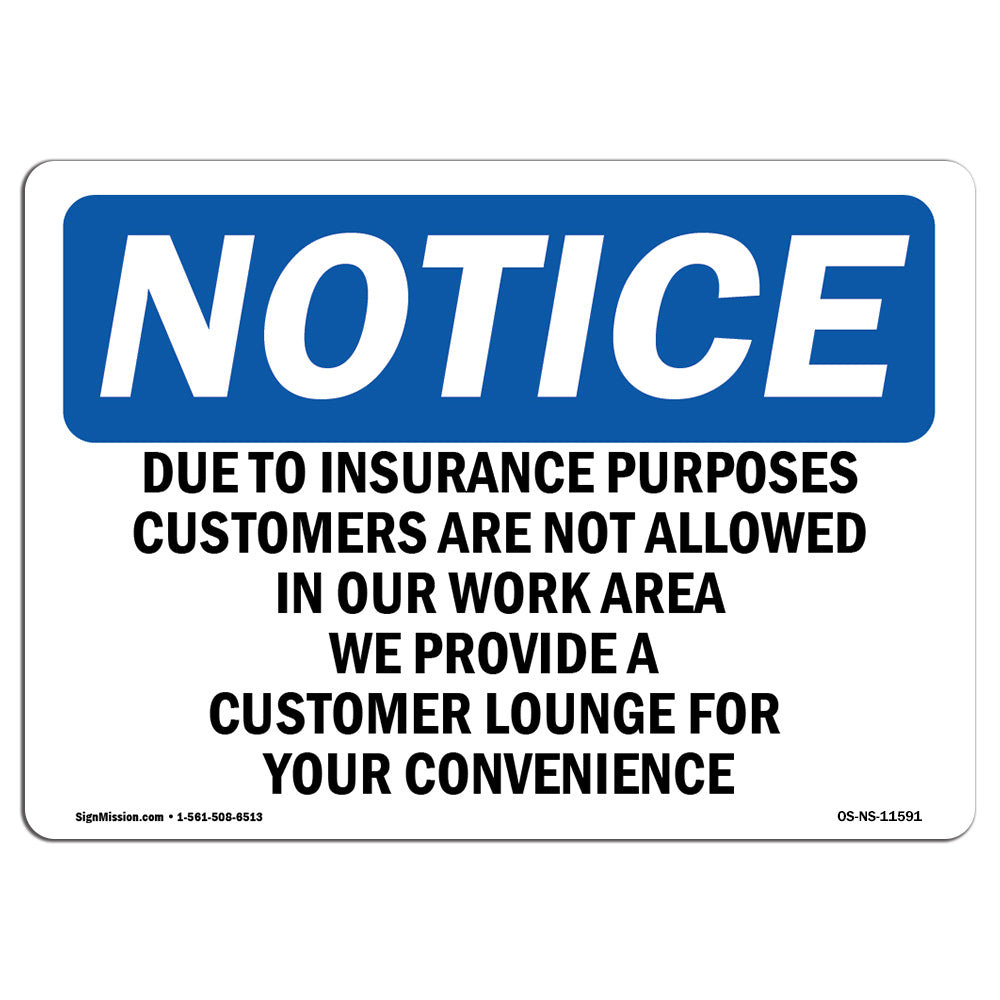Not known Details About Pacific Prime
Table of ContentsPacific Prime Things To Know Before You BuyNot known Details About Pacific Prime The 6-Minute Rule for Pacific PrimeExamine This Report on Pacific PrimeLittle Known Questions About Pacific Prime.

This is since the data were gathered for a duration of solid economic performance. Of the estimated 42 million individuals that were without insurance, all yet concerning 420,000 (regarding 1 percent) were under 65 years old, the age at which most Americans become eligible for Medicare; 32 million were adults between ages 18 and 65, around 19 percent of all adults in this age; and 10 million were kids under 18 years old, about 13.9 percent of all kids (Mills, 2000).
These price quotes of the number of persons without insurance are generated from the yearly March Supplement to the Existing Population Survey (CPS), performed by the Demographics Bureau. Unless otherwise noted, national quotes of individuals without medical insurance and proportions of the population with various sort of coverage are based on the CPS, the most extensively utilized resource of quotes of insurance protection and uninsurance rates.
The Only Guide to Pacific Prime

Still, the CPS is particularly beneficial since it creates annual quotes fairly promptly, reporting the previous year's insurance policy coverage estimates each September, and since it is the basis for a constant set of price quotes for greater than twenty years, allowing for evaluation of patterns in coverage over time. For these reasons, in addition to the comprehensive use the CPS in various other researches of insurance policy coverage that are presented in this report, we rely upon CPS estimates, with constraints kept in mind.

The estimate of the number of without insurance people increases when a population's insurance policy condition is tracked for several years. Over a three-year duration starting early in 1993, 72 million people, 29 percent of the united state population, lacked insurance coverage for at least one month. Within a single year (1994 ), 53 million individuals experienced at the very least a month without coverage (Bennefield, 1998a)
6 out of every ten without insurance adults are themselves used. Functioning does improve the chance that one and one's family participants will certainly have insurance coverage, it is not a guarantee. Also members of households with two permanent breadwinner have virtually a one-in-ten chance of being without insurance (9.1 percent uninsured rate) (Hoffman and Pohl, 2000).
7 Simple Techniques For Pacific Prime
New immigrants account for a considerable percentage of individuals without medical insurance. One analysis has actually connected a substantial portion of the current growth in the size of the U.S. uninsured populace to immigrants that arrived in the country between 1994 and 1998 (Camarota and Edwards, 2000). Current immigrants (those that involved the United States within the previous 4 years) do have a high price of being without insurance (46 percent), but they and their children represent just 6 percent of those without insurance policy across the country (Holahan et al., 2001).
The relationship between medical insurance and access to care is well established, as documented later in this chapter. The connection between wellness insurance policy and health and wellness results is neither direct nor simple, an extensive medical and health solutions research study literature web links wellness insurance coverage to better access to care, better quality, and boosted personal and populace health standing.
Levels of evaluation for checking out the effects of uninsurance. This conversation of health and wellness insurance protection focuses mainly on the united state populace under age 65 because virtually all Americans 65 and older have Medicare or other public coverage. It concentrates specifically on those without any health insurance coverage for any size of time.
Unknown Facts About Pacific Prime
The problems dealt with by the underinsured are in some aspects comparable to those encountered by the without insurance, although they are generally less serious. expat insurance. Uninsurance and underinsurance, nonetheless, include noticeably various plan problems, and the methods for addressing them may differ. Throughout this study and the 5 records to comply with, the primary focus is on persons with no health insurance and thus no assistance in spending for healthcare past what is offered with charity and security web establishments
Medical insurance is an effective variable influencing invoice of treatment because both patients and doctors respond to the out-of-pocket cost of services - https://www.goodreads.com/user/show/177010401-freddy-smith. Medical insurance, nevertheless, is neither needed neither enough to gain access to medical solutions. However, the independent and straight result of medical insurance coverage on accessibility to health services is well developed.
Others will certainly obtain the wellness care they require even without medical insurance, by paying for it expense or seeking it from suppliers who offer treatment totally free or at very subsidized rates. For still others, wellness insurance coverage alone does not guarantee invoice of care as a result of various other nonfinancial barriers, such as a lack of wellness treatment suppliers in their community, restricted access to transport, illiteracy, or etymological and social differences.
The Facts About Pacific Prime Uncovered
Formal research study concerning uninsured populations in the United States dates to the late 1920s and early 1930s when the Committee on the Expense of Treatment generated a collection of records about financing physician office visits and hospitalizations. This issue ended up being prominent as have a peek here the numbers of clinically indigent climbed up during the Great Clinical depression.